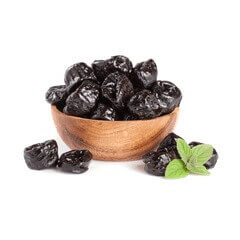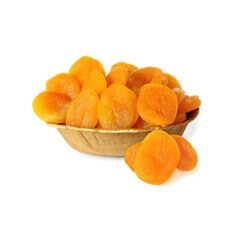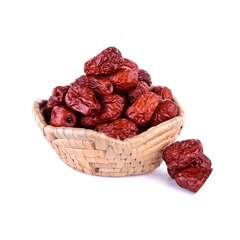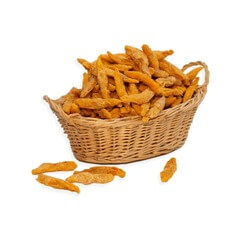Like many starchy foods, rice exists in a “refined” version (white rice) and a “complete” version (whole meal or brown rice). Their differences are not only a matter of colour since brown rice turns out to be much more interesting from a nutritional point of view than white rice.
A Matter of Envelope and Germ
The nutritional value of white and brown rice differs because of the industrial treatments they undergo after harvesting.
In order to prolong its preservation and reduce its cooking time, the white rice is stripped of its outer envelope and the germ (a sort of “vegetable embryo”) that it contains. All that remains is the kernel of the rice grain, composed overwhelmingly of starch. Brown rice does not undergo this refining and retains its outer shell and its germ, which gives it more interesting nutritional properties but reduces its shelf life.
Brown Rice: More Satiating Thanks To Its Fibres
Rice is a starch. Its main role is, therefore, to nourish our body sustainably by providing enough energy to last until the next meal. Rice fulfills this function thanks to the starch it contains, a nutrient classified as complex carbohydrates (also called “slow sugars”).
Although white and brown rice has similar levels of complex carbohydrates, brown rice has an additional advantage up its sleeve: its fibre content.
Indeed, 100g of cooked brown rice contains 2.3g of fibre, whereas the same amount of white rice reaches 0.8g. This feature allows brown rice to be more satiating, i.e. it “nourishes longer.” The fibres contained in the grain envelope lengthen the digestion time of brown rice, and the feeling of hunger appears less quickly.
Many More Vitamins and Minerals in Brown Rice
Another nutritional benefit of brown rice is its vitamin and mineral content. On this table, the face-to-face is rather unbalanced: brown rice contains, in particular, seven times more magnesium, more than three times more phosphorus, and two times more potassium and vitamin B9 than white rice. Once again, this difference is explained by the refining that the white variety undergoes: the envelope and the germ, which are eliminated during this treatment, are the parts of the grain richest in vitamins and minerals.
Brown Rice Has Nutritional Properties That Make It An Ideal Food For Healthy Eating.
To sum up, brown rice wins hands down this duel of small grains. Its higher levels of minerals and especially fibre are its main arguments against relatively poor white rice at the nutritional level beyond its richness in complex carbohydrates. Thanks to its fibres, wholegrain rice is especially recommended for anyone with diabetes or a risk of developing this pathology or motricity problems of intestinal transit.
Visit the ADNOOR website to get the best quality basmati rice, nuts, seeds, and dried fruits. We have been the importers, exporters, wholesalers, distributors, and co-packers of various nuts and grains in Canada for the last 25 years.







